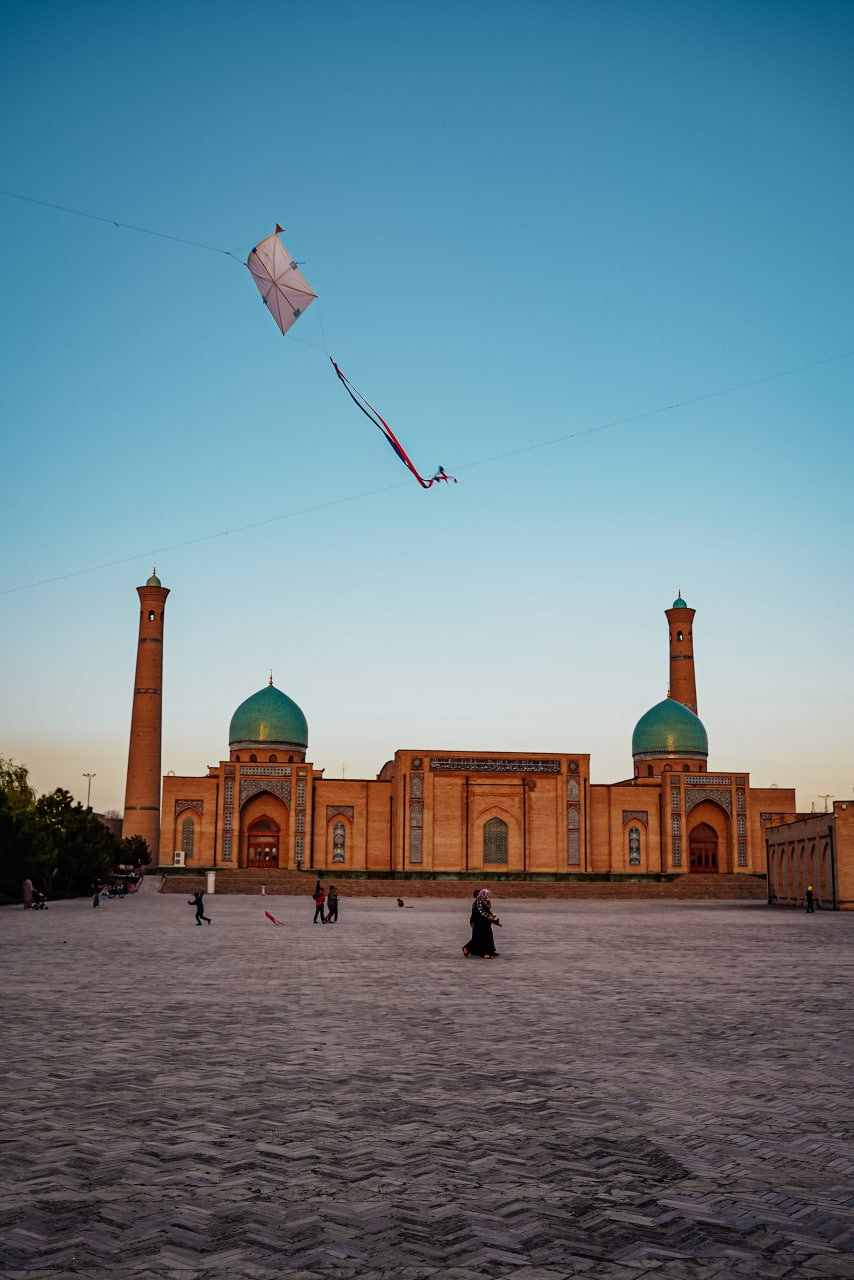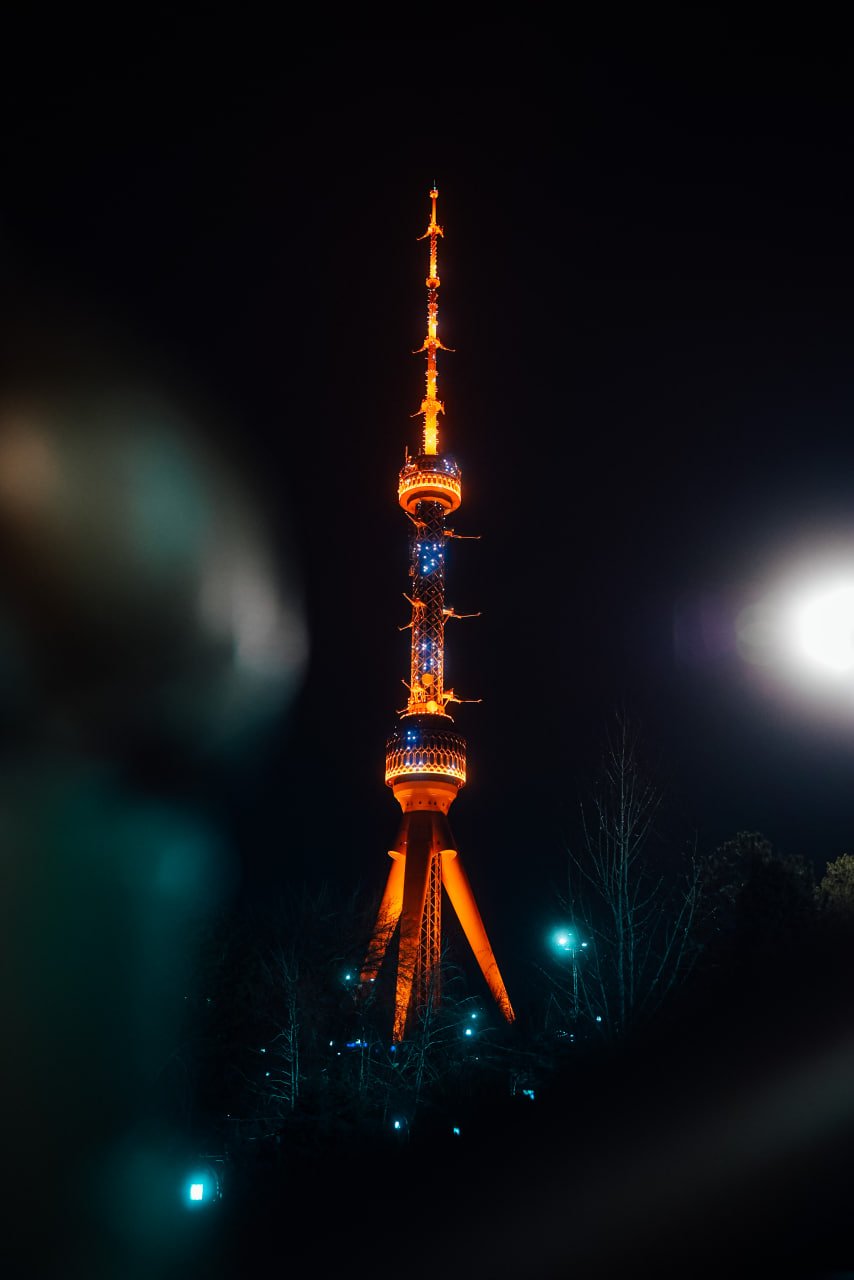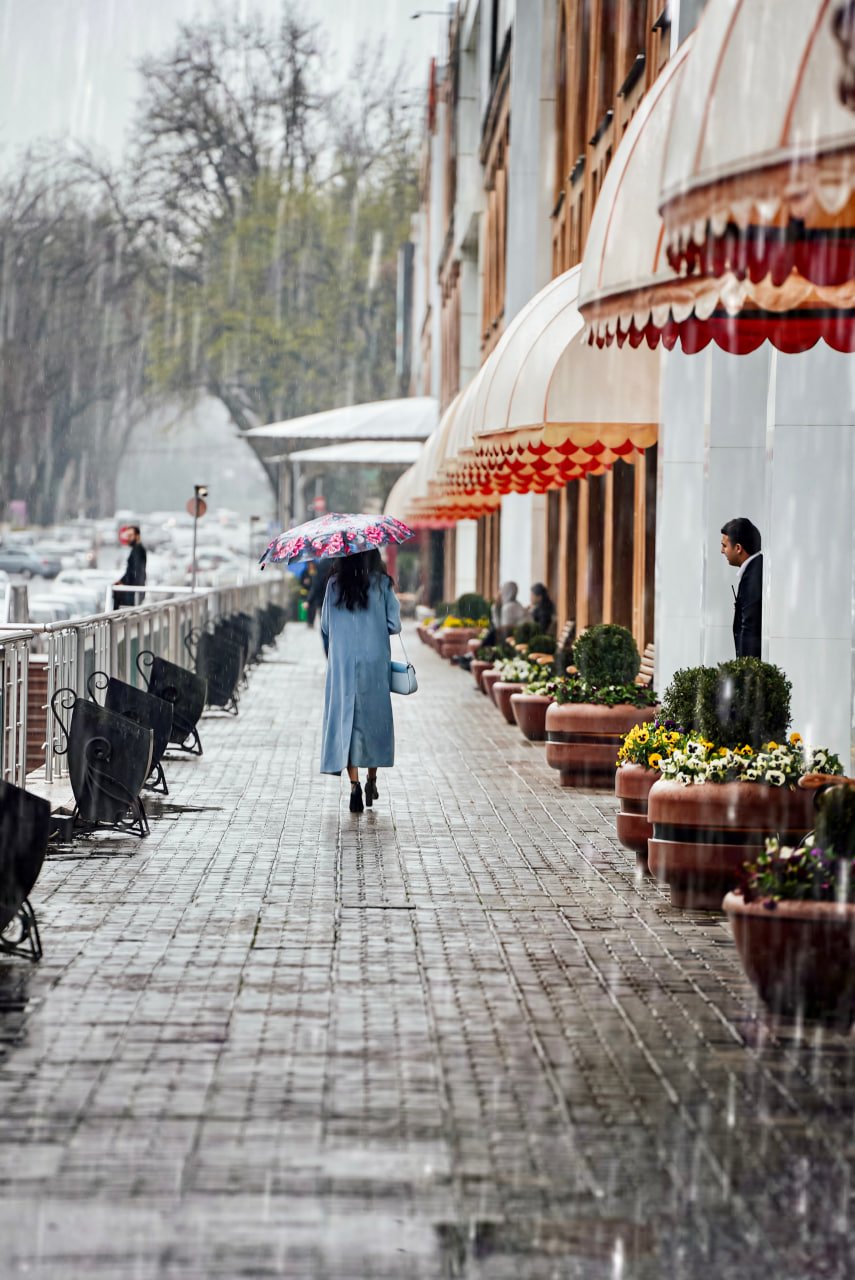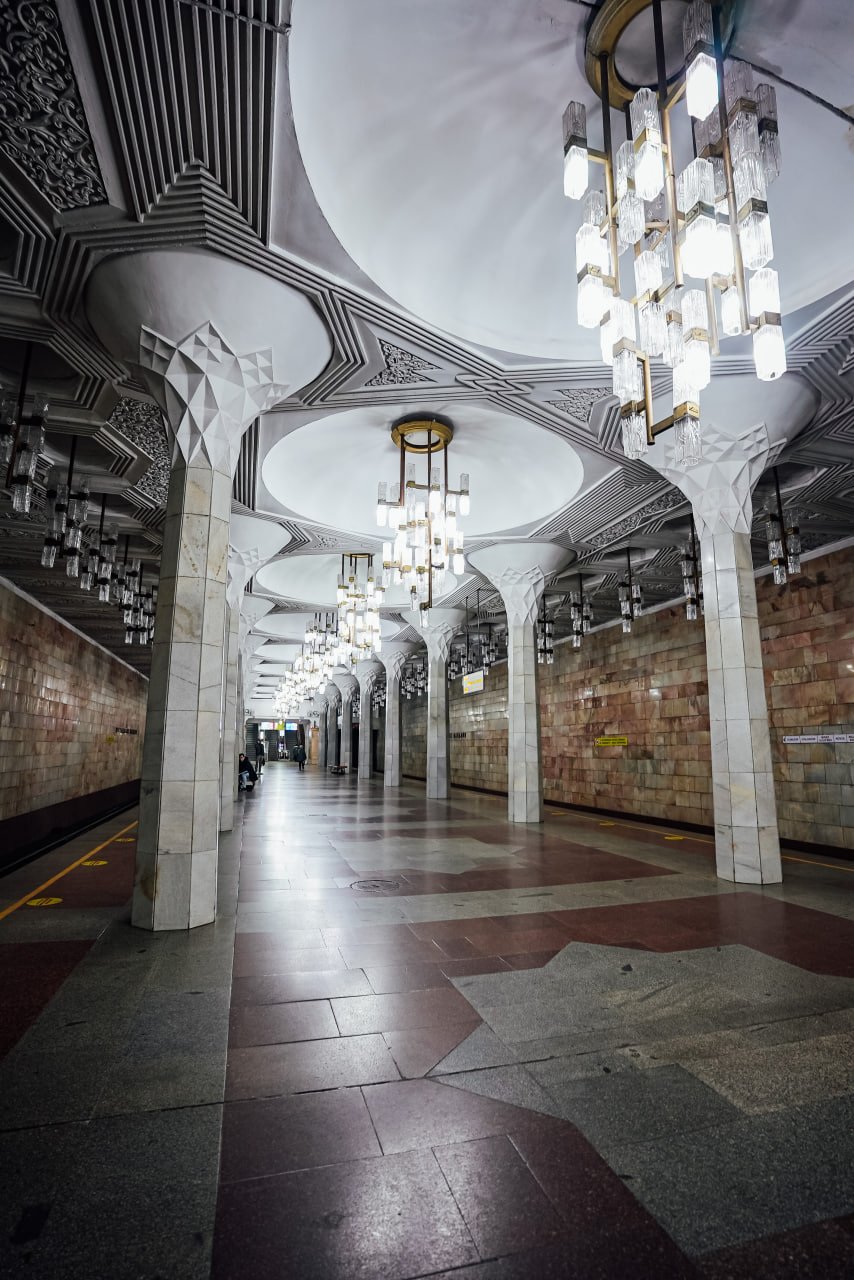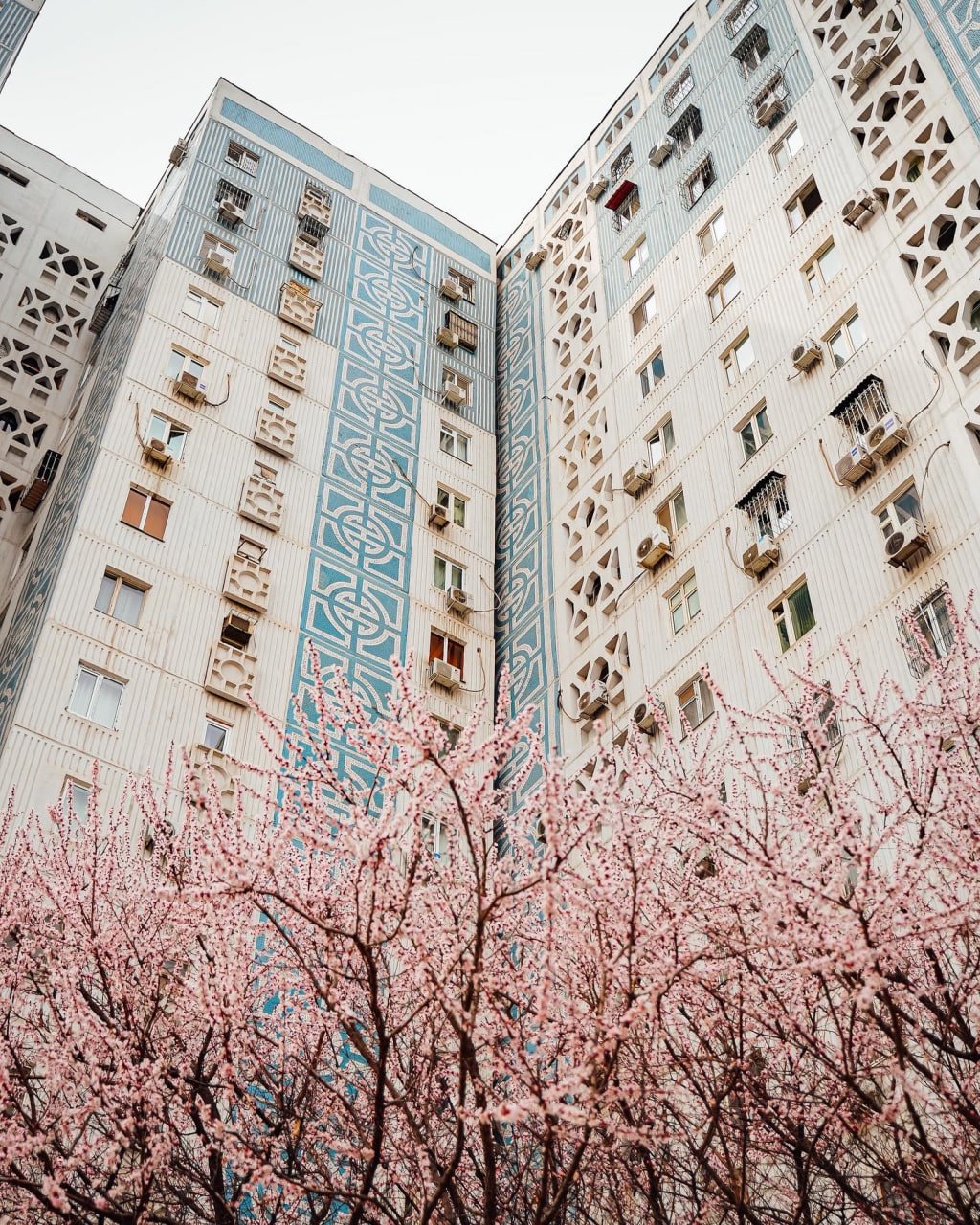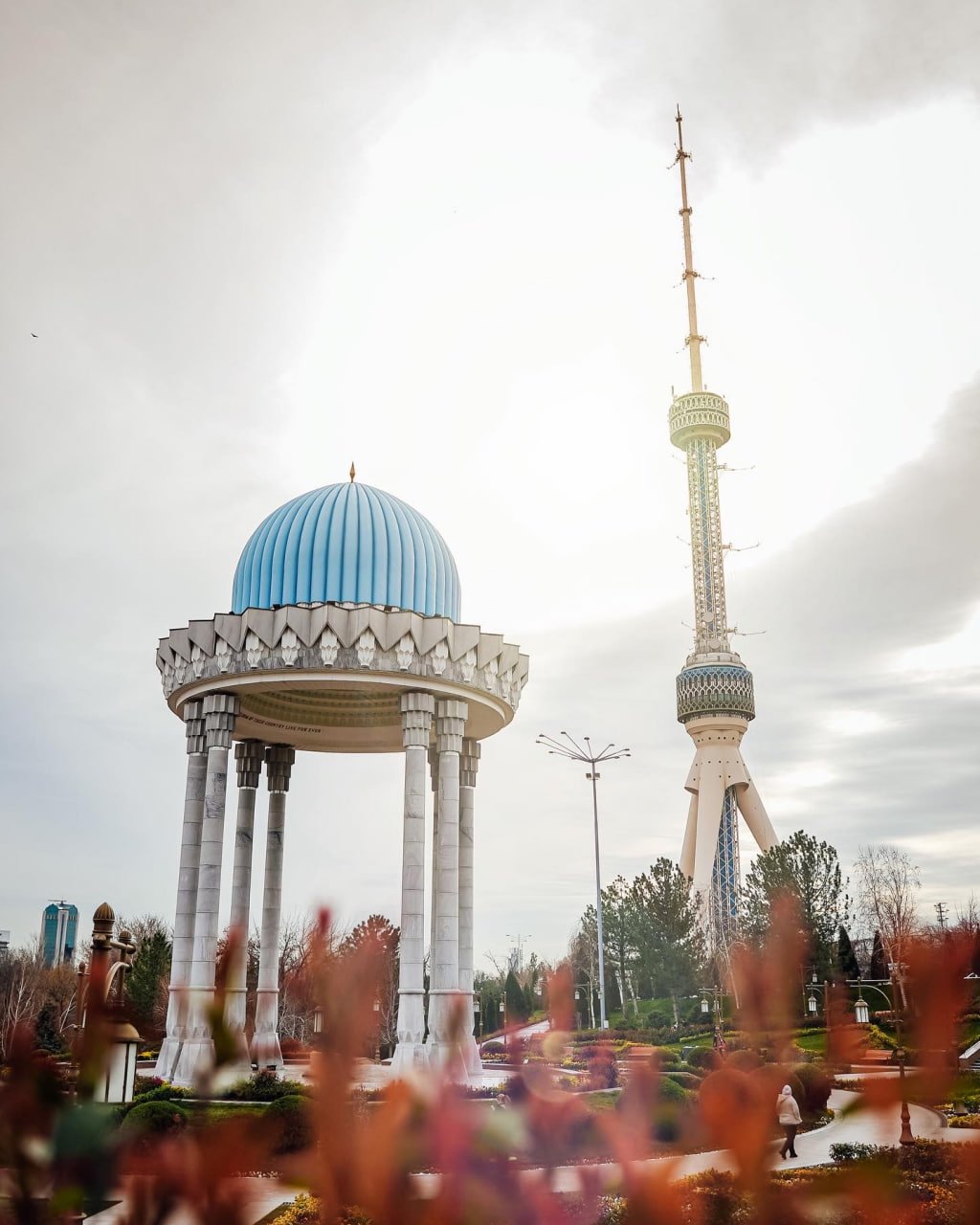Memories of a new city
The story of my trip to my homeland wasn’t planned; however, I ended up in the sunny city of my childhood for a few weeks in March. How had the city changed during my 20 years away? Parks, squares, skyscrapers, new developments. With my camera in hand, I went to explore a Tashkent totally new to me.
Text and photos by Danat Mingachev
I grew up in Tashkent until I was eight years old and left in 2000, and returning, I was curious to see the changes that had taken place during my years of absence. I tried to spend my days immersed in the everyday life of an ordinary Tashkent resident. I went to the cinema, saw the sights, strolled through parks and bazaars and rode the capital's metro. I noticed how much the city’s parks have been improved and landscaped. But what hadn’t changed were the people and their hospitality and friendliness.
Hazrati Imam Ensemble
This complex of madrassas, mosques and museums has been built near the tomb of Hazrati Imam, a scholar, expert in the Koran and Hadith, poet, craftsman, and one of the first preachers of Islam in Tashkent. In addition to the sacred buildings, there is a library of Oriental manuscripts and the Quran of Caliph Uthman.
Tashkent TV Tower
The Tashkent TV Tower is one of the most beautiful and tallest television towers in Central Asia. The height of the tower is 375 metres. At night, it shimmers with thousands of lights and mesmerises with its beauty and grandeur.
Near Broadway Street
On one of the days of my trip to Tashkent, it rained heavily. At that time, I was near Amir Temur Square. The city became incredibly romantic and I managed to capture a girl with an umbrella.
Tashkent Metro
The first metro line in the capital opened in 1977. Today there are 29 stations in Tashkent, each of which has its own unique architectural look: marble and granite trim, rows of columns, colourful bas reliefs and ganch. Each Tashkent metro station is an architectural and artistic masterpiece. Pictured here: Mustakillik Maydoni station on the Chilonzor Line.
Apartment blocks with mosaics
One stunning architectural feature of Tashkent was created by the Zharsky brothers. Like many other specialists, Nikolai and Pyotr came to rebuild Tashkent in 1966 after a tragic earthquake levelled much of the city. The Zharsky brothers created many original ornamental mosaic panels in a uniquely Soviet Uzbek style. Their patterns decorate the facades of numerous buildings around the capital.
Memorial Complex of Memory of Repression Victims
Rising 27 metres, this memorial complex devoted to the victims of Stalin's repression consists of eight marble columns topped with a round, turquoise dome. Under the dome, precisely in the middle of the rotunda, there is a memorial tombstone oriented towards Mecca. An inscription in three languages (Arabic, English and Uzbek) is engraved with the words: “The memory of those who died for their fatherland will live forever.”
There are so many places in Tashkent where you can immerse yourself in the beauty of the city. I have only captured a few of them here. With my photographs, I tried to convey life through a modern lens. I was happy to find that the city is getting more beautiful over the years.

